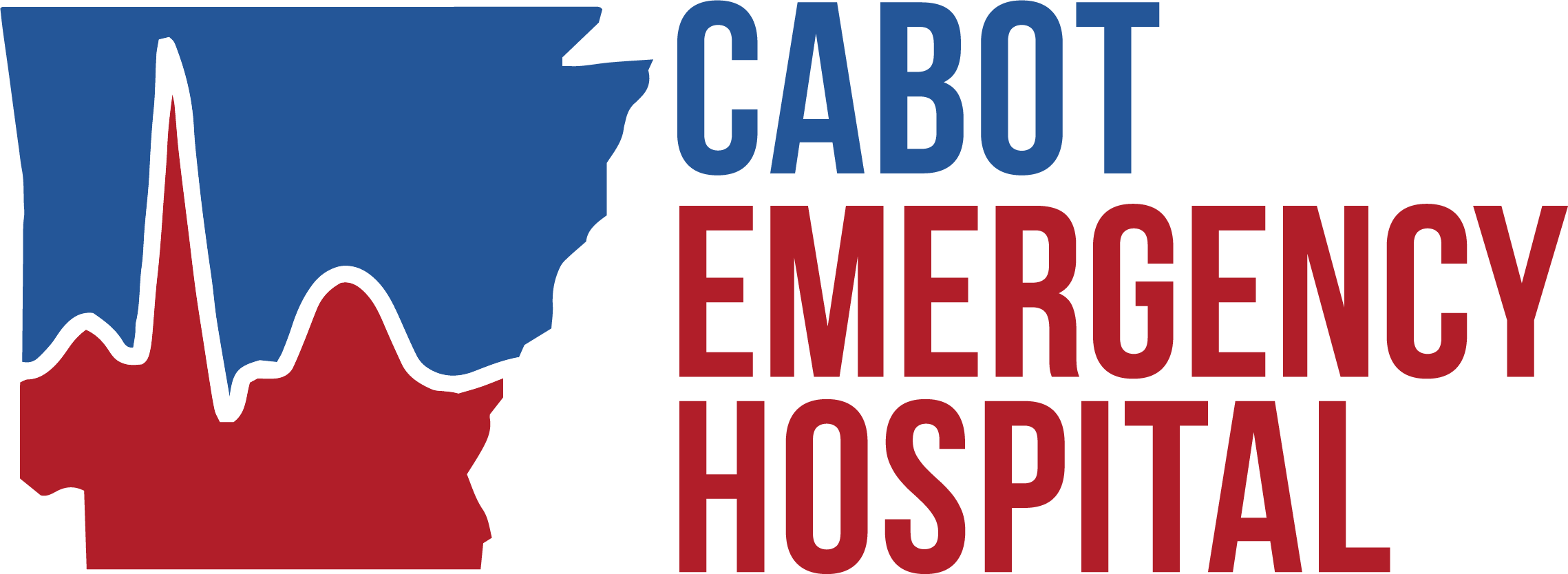March is Brain Injury Awareness Month. Each year, this initiative aims to raise awareness of the growing prevalence of traumatic brain injuries and how we can better protect ourselves.
First, let’s review how our brains work!
The brain is a part of your body’s central nervous system, and it functions by sending and receiving vast amounts of information. Encased in its bony shell and surrounded by protective fluid, our brains are the control center for our existence. This organ alone dictates everything from our movement, behavior, personality, intelligence, senses, and so much more. The brain can be divided into three major parts: the forebrain, the midbrain, and the hindbrain. Each part has its individual jobs and properties, but they all work together as a team.
The brain is the most complicated organ in our bodies, and there are many aspects of it that have doctors and scientists stumped to this day. It’s capable of some pretty incredible things, some that may just blow your mind!
Five interesting facts about the human brain:
- An adult human brain weighs about three pounds.
- Almost 75 percent of your brain is made up of water, so dehydration can negatively affect how your brain functions.
- The brain contains around one hundred billion neurons that move information at different speeds—the fastest being 268 mph.
- The brain is made up of at least 60 percent fat, making it the fattiest organ in the body.
- When you’re awake, your brain generates about 20 watts of electricity—enough to power a small light bulb.
Traumatic Brain Injuries
A not-so-fun fact about the brain is that around 1.5 million Americans suffer from traumatic brain injuries every year. Sadly, it’s the leading cause of death for children and young adults, occurring every 15 seconds in the U.S.
A hematoma, hemorrhage, and skull fracture are a few different types of brain injuries, but the most common is a concussion. Concussions occur when the brain moves rapidly inside the skull as a result of a blow, bump, or jolt to the head or body. Generally, you can judge how bad a concussion is by the severity of its symptoms.
Signs of a concussion can show up immediately or in the following days after an injury and can include:
- Nausea
- Headache
- Fatigue
- Confusion
- Mood changes
- Sleep disturbances
- Memory loss
Protect Your Brain
Annually, 1.6-3.8 million sports and recreation-related concussions occur in the U.S. and concussions reportedly account for 65-95 percent of all football-related fatalities. Although sports cause a large number of brain injuries, there are many ways our heads can experience trauma.
Unlike broken bones or torn muscles, we can’t see or feel our brain, so we often forget just how fragile it is. Being cautious and taking the proper measures to protect our brains and our children’s brains can make a world of difference, and in some cases, it could ultimately be the difference between life and death.
Prevent head injuries with these 10 helpful tips:
- Always wear a seatbelt in the car, and properly install age-appropriate car seats and booster seats for children.
- Wear a helmet if you are partaking in an activity where falling is possible, i.e., biking, rollerblading, skateboarding, skiing, snowboarding, etc.
- Use handrails while walking down stairs or declining surfaces.
- Install childproof gates at the top and bottom of household stairways to protect small children.
- Give children a soft surface to play on, like a playground with mulch or sand.
- Look where you are walking and be aware of your surroundings to avoid slipping and falling on liquids or obstacles.
- If your child plays a contact sport, get their helmet correctly fitted and adjusted to protect their head.
- Speak to your child’s coaches about their strategies to avoid concussions and head injuries. (Players should avoid blows to the head at all costs.)
- Use nonslip mats in the bathtub or shower floor.
- Routinely clear the floors of your home of any clutter or tripping hazards.
These tips are especially important for people who have experienced a concussion before, as you are more likely to sustain a second concussion after your first.
Head Our Way
If a loved one experiences any type of head injury, please seek a professional medical evaluation, and do not let them fall asleep in the meantime.
Skull fractures, concussions, post-traumatic migraines, chronic headaches, and more—we treat them all! Our highly-rated facility is fully equipped with CT Scans, X-rays, and top-tier services to diagnose and treat a variety of head injuries. We are here to help at any time, and our doors stay open 24/7, 365 days a year.
Did you learn something new about your noggin? Share this article with your friends on social media to raise awareness for #BrainInjuryAwarenessMonth!





Comments are closed